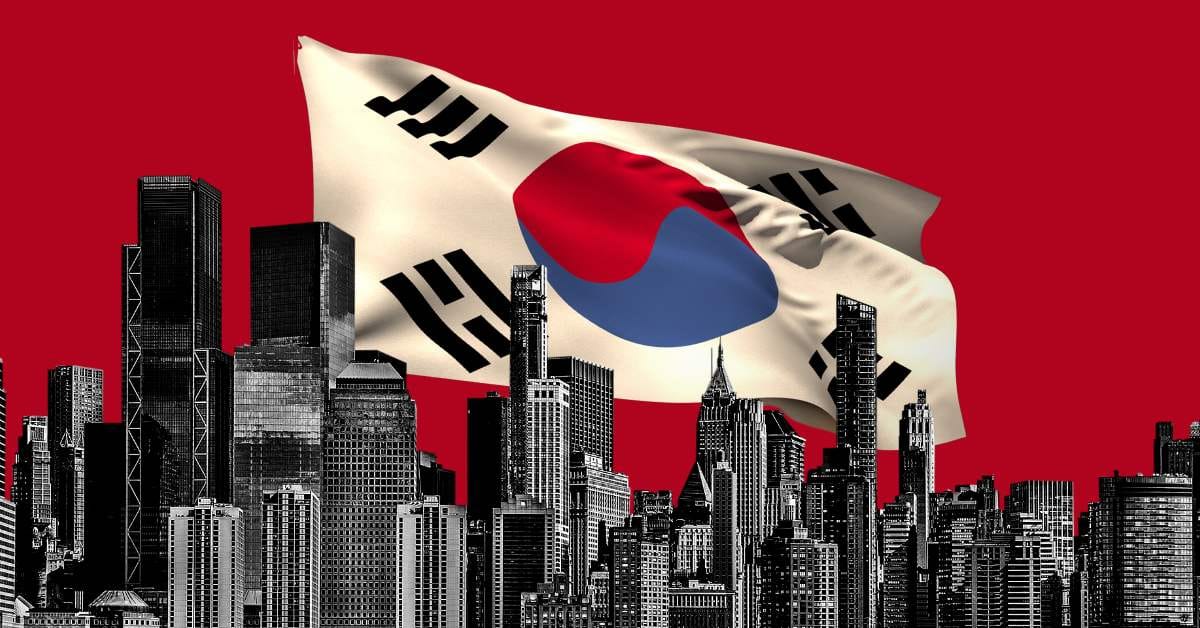Who remembers early April when the markets seemed like they were going to collapse due to Trump’s tariffs? If you have looked at the markets recently, you may have noticed that they are mostly back. Some indexes are just a few percentage points from their all-time highs. Others, like international indexes, are at their all-time highs.
I wrote about My Tariff Playbook and it worked out perfectly. As the markets went down, I sold off some Vanguard Bonds (BND) and bought NASDAQ 100 (QQQM)*. When the markets recovered, I sold off the NASDAQ 100 and bought more bonds. I ended up buying QQQM at $186, $178, and $170 dollars. I sold at $189, $194, $199, and recently at $214. No one knew how far the markets would drop, so I just kept buying.
That brings us to today. The markets have returned to highs, but many of the tariffs are paused. Many are set to a 10% baseline, which is still fairly high and will either weigh on 1) Consumer spending (i.e., you) through high prices or 2) corporate profits. Neither result is positive for the stock market. If prices are high, consumers will spend less, and corporations’ profits will suffer. If corporations “eat” the loss (as Trump bullied WalMart to do this weekend) they’ll make less profit on each widget.
Essentially, we’re not too far from where we started back in April. The higher prices are working through the supply chain now. The results in the corporate profits might be a quarter or two away. JPMorgan Chase CEO Jamie Dimon has said to expect corporate earnings to disappear amid all-time high U.S. deficits, tariffs and international tensions. Similarly Moody’s downgraded United States’s credit rating due to the huge national debt. Their analysts wrote, “If the 2017 Tax Cuts and Jobs Act is extended, which is our base case, it will add around $4 trillion to the federal fiscal primary (excluding interest payments) deficit over the next decade.”
That base case is extremely likely, in my opinion. There are very few, if any, Republicans who are interested in letting those tax cuts expire at the end of the year. There are plenty who don’t want to add $4 trillion to the national debt, but saving that kind of money is difficult. It seems like the latest/best plan is to make it more difficult for some people to qualify for Medicaid. I could go on, but this path gets more political and further away from the current economic investing environment.
I have to agree with Jamie Dimon on the worrying trends he pointed out. It doesn’t feel like the markets should be near their highs again, but here we are. I’ve already switched my asset allocation to be more conservative, but I am considering making it even more conservative in the coming week or two. I am doing all of this in my retirement accounts that we probably** will not touch for another ten years. If we needed to access this money earlier, I’d have at least a year of expenses in cash or an ultra-conservative investment such as treasury bonds and work with the leftover money to invest.
I’m sorry if this article sounds like a downer. Hey, we can’t always have a perfect investing environment, can we? We do have a very resilient market – and the current market reflects that. It may be a good time to look at the positive that your investments are likely doing quite well now.
* In hindsight, I should have probably bought QQQ because I was rebalancing a lot, but the goal was never to be perfect.
** I emphasize “probably” because we might look into SEPP distributions.
The post The Markets Survived the First Wave… What’s Next? appeared first on Lazy Man and Money.


